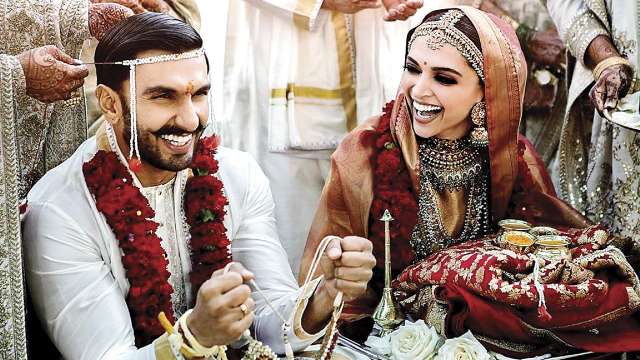Social Issues & Initiatives
Grand weddings of semi-rural gentry inspired by Bollywood

In the wedding season, there’s almost never a day when the village opposite our house in Greater Noida isn’t resounding with DJ beats. The land on which our apartment complex is built once belonged to this village and our lives are interconnected with the local people in myriad ways. It is now a rich village as the farming land has been acquired by the government and the farmers have got the money they never imagined they would acquire in a few generations. One fallout of this new-found prosperity is that the weddings have become ostentatious with the DJ playing well into midnight, firecrackers being lit in complete disregard to any court order and staggering multicuisine buffets.
Last month I attended one such wedding. The boy was unemployed but the family was nouveau riche, mainly earning from rental income. They had used their new money obtained by the sale of agricultural land to build a series of rooms that they leased out to migrant construction labourers from poorer states. The bride’s family had a similar rise to riches, in a neighbouring village. A Maruti Swift stood at the entrance of the pandal, with no attempt to hide the dowry. Practically anyone was able to reel off how much cash and how much gold was given by the bride’s father.
As the internet and TV melt borders between big cities and small and between urban and rural, wedding trends inspired by the rich and famous, have spread far into the interiors. Only women above 60 seemed to be wearing saris. The rest were in lehengas, whose designs were copies of those worn by recent Bollywood brides. A young woman even wore a flowing blood red western style gown, which she told me she bought in Bilaspur, a town with less than fifty thousand people in Rampur district of UP. Food counters lined the perimeter of the venue. Two girls in jackets and trousers were welcoming guests handing over their dinner plates. I learnt that they were part of the catering company, hired from Delhi. An innovative locally crafted rotimachine was presenting one hot roti after another in an assembly line. An entire mithaishop had been transplanted offering every possible traditional north Indian confectionary. Fireworks lit up the night sky while the dance floor throbbed with dancing women and their children keeping step.
This family belonged to the Gurjar community, once upon a time nomads, who then became farmers, and now are just prosperous people spending the windfall they had landed as a result of urbanization.
Ramanand, an old relative recounted the weddings of the Gurjars, just about fifteen years ago. “Ek mombatti ki roshni mein ho jaati thi shaadi” he said. Generators were not ubiquitous, so in power-starved UP, entire streets were not lit up like they had done that night. Caterers were unheard of in the village; the women of the house would cook all the delicacies. Land deals had changed everything. The profile of the guests was different too. Many ex-farmers were now residents of building ‘societies’ doing office jobs or owning small businesses. Their children went to well-known schools of the area and while they retained a link with the village, their lifestyle and appearance were more similar to the urban educated middle class.
The practice of multiple grand functions was unheard of in these parts previously. There would be only one formal event of the actual wedding. However, the party I was attending that evening was a post-wedding reception, a practice borrowed from outside their milieu.
The standards of how much is good enough have zoomed upwards in semi-urban societies, which being close to metro cities, are aspirational but are also sufficiently traditional to retain their strong community ties. The most adverse impact has been on those villagers who have not benefitted from land sales but are not spared the pressure to keep up when it comes to weddings. A driver who conducted his daughter’s wedding a year ago had the same number of items in the buffet as the one in this prosperous Gujjar wedding. “Every item has to be there- thatMoradabadi dal, the hot kadhai milk and the coffee in the end, else there will be questions.” These pressures force the poor in the village to borrow from creditors and remain in debt for years.
The gargantuan wedding celebrations of 2017/18 of Deepika-Ranveer, Virat-Anushka, Priyanka-Nick and the Ambani heirs that became newsworthy around the world have only reinforced the ‘big is beautiful’ credo, among communities in interior India. In a country where the masses take their cues from film and cricket stars, these idols could have set a different example and help influence a more sensible thought process.





























